FOR IMMEDIATE RELEASE: December 8, 2021
CONTACT: Pete Daniels / [email protected] / 301-442-2249 (C)
Statement from Cathy Chase, President, Advocates for Highway and Auto Safety (Advocates), on Older Driver Safety Awareness Week (Dec. 6-10, 2021) and Newly Released Studies Showing Older Drivers Face Greater Risks Due to Older Vehicles
Insurance Institute for Highway Safety (IIHS) research highlights the value of requiring all new vehicles to be equipped with proven, lifesaving auto safety technology.
Drivers age 70 and over are more likely to have older vehicles that are not equipped with proven safety features, according to important new research by the Insurance Institute for Highway Safety (IIHS). This tendency makes them more vulnerable to injury or death during a crash than younger drivers with newer model vehicles. During Older Driver Awareness week (Dec. 6-10, 2021), Advocates for Highway and Auto Safety (Advocates) thanks the researchers at IIHS for highlighting this issue and calls on the U.S. Department of Transportation (DOT) to accelerate progress towards requiring lifesaving safety technology in new vehicles, as required by the Infrastructure Investment and Jobs Act ((IIJA), Pub. L. 117-58) which was enacted last month.
Among the findings, as driver age increased, their vehicles were less likely to be equipped with electronic stability control (ESC). This feature, which has been mandatory in new passenger vehicles since 2012, helps prevent oversteering and understeering. It is estimated to save an average of 1,500 lives per year even though it is in less than half of the vehicles on the roads as car owners retain their vehicles for an average of 12 years. In sharp contrast, vehicles without ESC were associated with a 37 percent greater chance of driver fatality for drivers 70 and over. Head-protecting side airbags also were found to decrease as driver age increased, resulting in a doubling of the odds of an older driver fatality.
When examining why older drivers have cars that are less safe compared to other age groups, the IIHS studies point to cost and a tendency to put a lower priority on safety features than younger drivers. The sooner the U.S. DOT issues requirements and performance standards for crash avoidance systems such as automatic emergency braking (AEB), blind spot detection (BSD) and lane departure warning (LDW), the sooner they will be installed in new vehicles. These proven safety features must be afforded to all new car buyers, not just those who purchase higher-end models or add-on luxury packages. Safety should not come with a price tag.
Advocates for Highway and Auto Safety is an alliance of consumer, medical, public health, law enforcement, and safety groups and insurance companies and agents working together to improve road safety in the U.S. Advocates’ mission is the adoption of federal and state laws, policies and programs that prevent motor vehicle crashes, save lives, reduce injuries, and contain costs.
###

